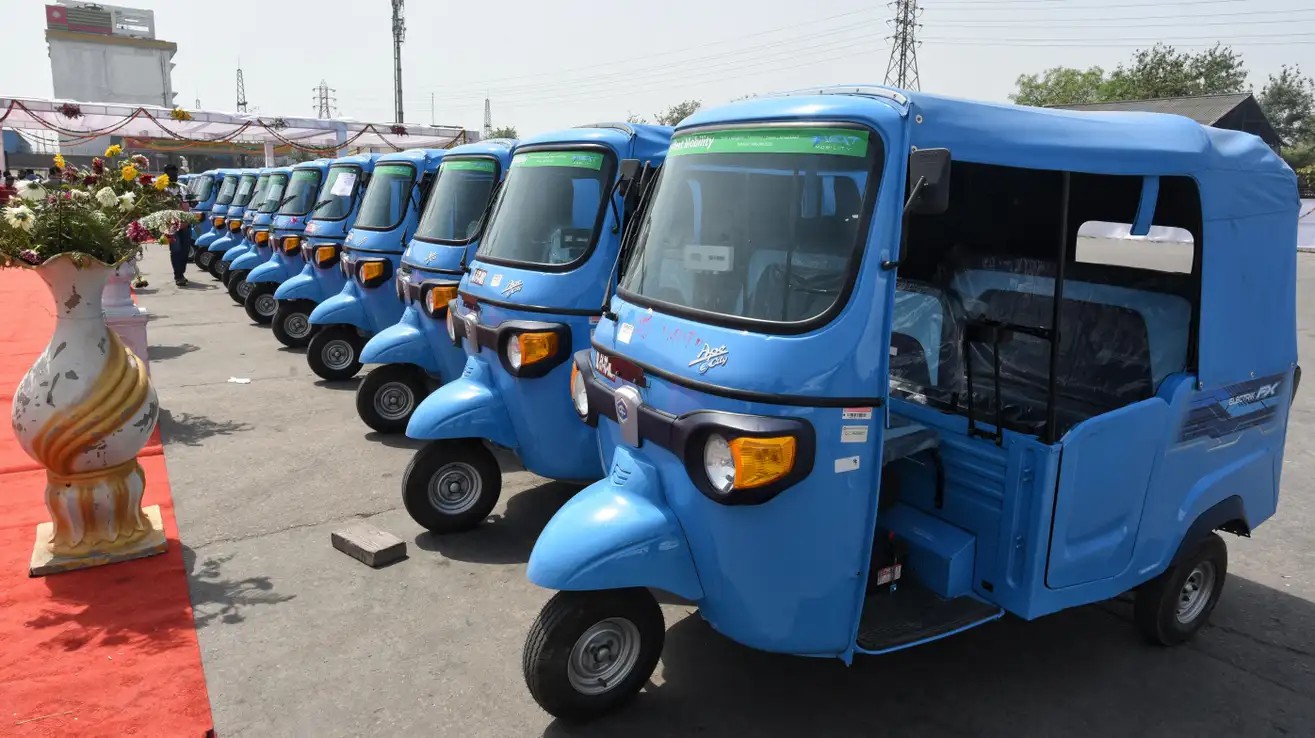Electric rickshaws have become a popular choice in many regions due to their eco-friendly and efficient nature. However, they often come with a higher price tag compared to traditional vehicles. To understand why electric rickshaws are more expensive, it’s important to consider several key factors that contribute to their cost.
Advanced Technology and Components
One of the primary reasons for the higher cost of electric rickshaws is the advanced technology they use. Unlike traditional rickshaws that run on internal combustion engines, electric rickshaws are powered by electric motors and batteries. These components, especially lithium-ion batteries, are more expensive to produce and require sophisticated technology to ensure they operate efficiently and safely.
The cost of these advanced components is a significant part of the overall price. Batteries, in particular, are one of the most expensive parts of an electric rickshaw, contributing to its higher initial cost.
Quality Materials and Manufacturing
The materials and manufacturing processes used in electric rickshaws also play a role in their pricing. High-quality materials, such as durable steel for the frame and reliable electrical components, are essential for ensuring the vehicle’s longevity and safety. Additionally, advanced manufacturing techniques like robotic welding and precise laser cutting are often used to maintain consistent quality.
These processes and materials, while contributing to a better product, also add to the cost of production. Manufacturers who prioritize quality and durability are likely to incur higher production costs, which are then reflected in the final price of the vehicle.
Research and Development
Electric rickshaws are part of a rapidly evolving industry, where continuous research and development (R&D) is necessary to keep up with technological advancements and market demands. This ongoing R&D effort, which includes developing new models, improving battery technology, and integrating new features, requires significant investment.
Manufacturers who invest heavily in R&D often produce more advanced and reliable products, but the costs associated with these innovations are often passed on to consumers in the form of higher prices.
Regulatory Compliance
Compliance with safety and environmental regulations is another factor that can increase the cost of electric rickshaws. These vehicles must meet various standards, which often require extensive testing and certification. Ensuring that electric rickshaws meet these regulatory requirements involves additional costs for manufacturers.
These compliance costs, which are necessary to ensure that the vehicles are safe and environmentally friendly, contribute to the overall price of the product.
Environmental and Sustainability Factors
Electric rickshaws are designed to be environmentally friendly, offering zero emissions and greater energy efficiency compared to traditional vehicles. The push towards sustainability often involves higher upfront costs, as manufacturers invest in green technologies and sustainable materials.
While these factors contribute to a higher initial price, they also offer long-term benefits, such as lower operating costs and a reduced environmental footprint, which can make them a cost-effective choice over time.
The Role of Manufacturers Like QSD
Manufacturers such as QSD play a significant role in the pricing of electric rickshaws. With over 18 years of experience and a presence in more than 30 countries, QSD focuses on producing high-quality electric rickshaws that meet the needs of diverse markets.
QSD’s commitment to quality involves using advanced materials and technologies in their manufacturing process, as well as investing in continuous research and development. These practices contribute to the durability and reliability of their products but also influence the cost.
Moreover, QSD ensures that their electric rickshaws comply with international safety and environmental standards, which adds to the overall production costs. However, this approach helps to ensure that the products are both safe and sustainable, offering value over the long term.
Conclusion
The higher cost of electric rickshaws can be attributed to several factors, including the use of advanced technology, quality materials, and rigorous manufacturing processes. Additionally, ongoing research and development, regulatory compliance, and sustainability efforts also contribute to the overall price.
For those considering the purchase of an electric rickshaw, understanding these factors can help in making an informed decision. Manufacturers like QSD, with their focus on quality and innovation, provide products that justify their cost through durability and long-term value.
For more information on electric rickshaws and the products offered by QSD, you can visit www.qsd-ev.com.
Post time: Aug-27-2024

